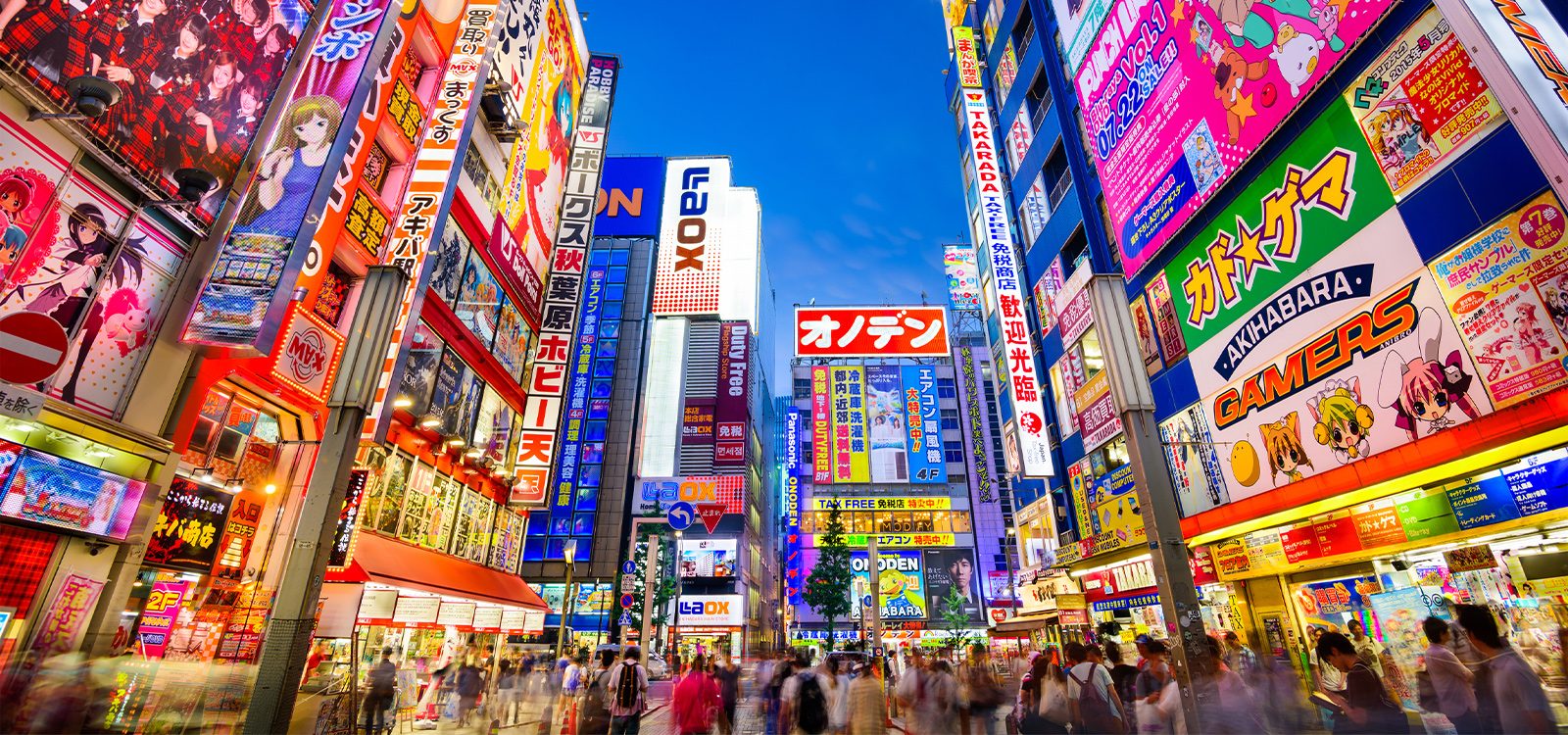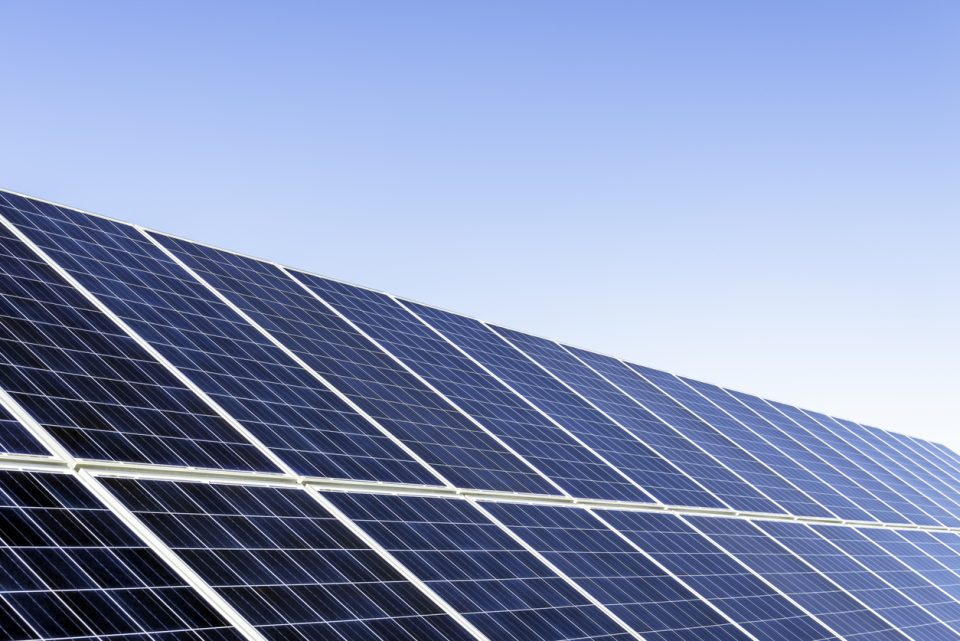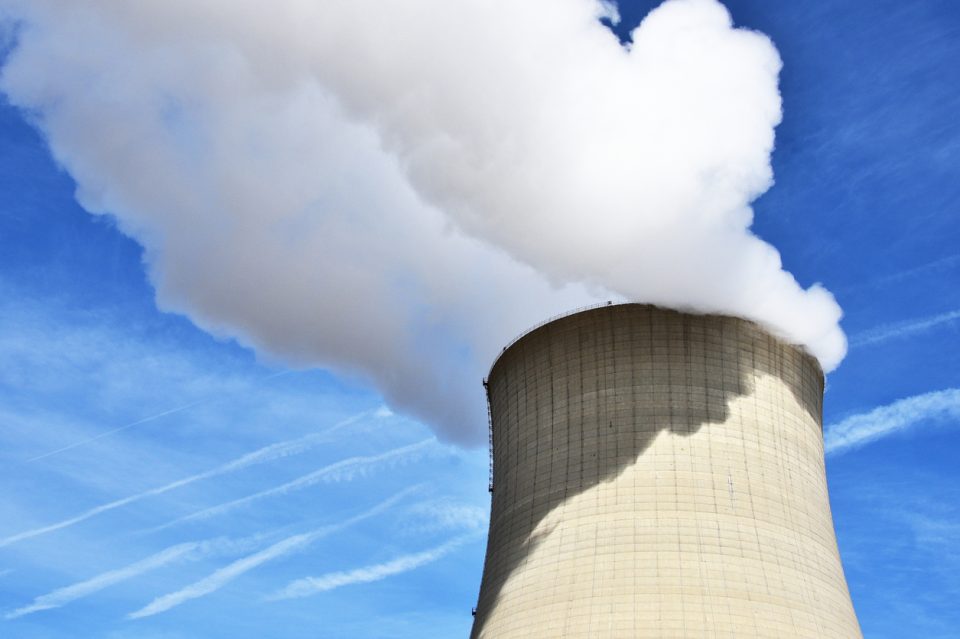
Japan’s energy dilemma
Japan faces three key transition challenges in their quest to reduce greenhouse gas emissions by 46% by 2030 and become carbon neutral by 2050. Transparent risk assessment, efficient risk financing schemes and public education will be critical in helping further accelerate this transition. Actuaries are uniquely placed to work alongside subject matter experts to develop accurate pricing schemes that will inform critical decisions and help identify solutions that are truly viable.
For decades, Japanese trading houses and energy firms have ventured abroad in search of oil, coal, natural gas and uranium to satisfy domestic demand. In 1973, Japan relied on fossil fuels to fulfil 94% of its energy needs, with 99% of that being sourced from overseas. Today, the picture is not dramatically different – fossil fuels are used to generate 85% of Japan’s power needs, while renewable energy sources account for only 18.5% of produced power in 2019, up from 9.5% in 2010.
According to the International Energy Agency (IEA), Japan had an energy self-sufficiency rate of 12.1% in 2019, putting it in 34th place amongst 35 OECD countries, and down from 20.3% in 2010.
That was the year before the Great East Japan Earthquake and the disaster at Fukushima which led to the shuttering of most of the country’s nuclear power plants and with it an almost 30% reduction in generating capacity. Locals will remember the rolling planned blackouts and nationwide campaigns to reduce energy consumption that ensued.
Today, with climate change emerging as the imminent challenge of our time and increasing urgency at COP26 stressing the need to keep warming below 2C, the Japanese government has pledged to become carbon neutral by 2050. As a first step, it has promised to reduce greenhouse gas emissions by 46% by 2030, a challenging task given Japan’s persistent reliance on fossil fuel.
Against the backdrop of ambitious targets, this article will set out three key transition challenges anticipated in Japan’s quest to become net zero (from an energy perspective only), namely; the dynamics of balancing supply and demand in a diversified energy mix, the unique threat of natural catastrophes in terms of physical impacts and transition shocks, and societal attitudes to renewables and nuclear.
Balancing electricity supply and demand through a diversified energy mix
The increased penetration of renewables is projected to play a central role in the Japanese government’s mission to achieve net zero GHG emissions by 2050 (Ministry of Economy Trade and Industry, 2020). However, as a means towards realising this goal, the existing power grid needs to undergo a substantial transition, from a system designed to distribute electricity in a centralised manner, to one which is based on decentralised technologies centred around less conventional energy sources.
Although this transformation will provide a myriad of socio-environmental benefits to our society, the intermittent nature of renewables may present new challenges that cumulatively have the potential to compromise the reliability of the power network if left unchecked (Johansson, 2013). Following this train of thought, to better understand why integrating higher shares of such sources in the energy mix is a convoluted procedure, we first need to examine how small-scale decentralised generators conflict with the current electricity infrastructure.
Today, grid operators employ a three-phase process to ensure that electricity supply and demand are always at equilibrium (a vital ingredient of the power network which ensures the avoidance of cascading effects, like blackouts).
In brief, this strategy utilises the so-called ‘merit order’ to rank available power plants by their cost-effectiveness, thereby allowing grid operators to meet end-users’ demand for electricity using the cheapest and most reliable option available (Schwill, 2016).
Typically, large-scale nuclear or geothermal power plants are running almost continuously at full throttle throughout the year to meet the baseload, whereas coal-based power plants are dispatched and adjusted accordingly to cover the intermediate load. When demand peaks during periods of high electricity consumption (e.g. when people use their air conditioners to combat heat), grid operators often call on gas-fired power plants that can reach maximum generation promptly.
In a decentralised energy market that is comprised of a higher share of intermittent renewable energy sources, this strategy based on the ‘merit order’ faces new obstacles. Solar and wind sources specifically, the cornerstones of Japan’s sustainable energy transition, are characterised by an inherent fluctuating behaviour and need to be utilised when available (particularly in the absence of large-scale grid energy storage). This means that in this new market, grid operators are expected to adjust their day-ahead/real-time operations to account for the availability of these resources, as opposed to simply generating power whenever necessary based on economic criteria.
For instance, in the context of photovoltaics, power is only available when the sun is shining, hence power plants that were previously running at maximum capacity throughout the day are now turned off midday to allow energy derived from renewables to accommodate consumers’ electricity needs. Though this might seem ideal at first glance, we must keep in mind that the output of renewables is also affected by extrinsic variables like temperature and cloud coverage.
Collectively, these negatively influence the ability of grid operators to quantify the exact amount of electricity each generator can produce at any given time, introducing an element of unpredictability into their otherwise formulated routine. As photovoltaics are most productive midday when societal demand for electricity is relatively low, this rationally results in an excess generation of electricity during afternoon hours and extra strain during evening hours (when millions of Japanese go back home and turn on their domestic appliances). Overall, this stresses the power network, reducing its reliability and increasing operating and maintenance costs (which in turn increases electricity prices).
Natural catastrophes: Physical and transition risk impacts
The prevalence of natural catastrophes adds another dimension to the energy transition challenge. Globally, Japan ranks among one of the most susceptible countries to natural catastrophes, particularly in the form of earthquakes, floods and typhoons. Its serious threat to energy infrastructure was most notably demonstrated during the Fukushima nuclear disaster in 2011. Its after-effects are still being felt today in the form of nuclear waste containment, while many nuclear generation facilities continue to remain idle for the foreseeable future following public backlash.
The challenges posed by erecting renewables, particular at scale, in a catastrophe prone region are significant.
With major losses already sustained from past typhoons such as Maemi (2003) (full collapse) and Melor (2009) (acute turbine damage), wind farms face increasing risks from storm surge and peak wind gusts from more intense typhoons associated with warmer sea surface temperatures, particularly in the Northwestern Pacific basin.
A less apparent but equally sinister threat is liquefaction risk to offshore and onshore arrays, where cables used to transport electricity may be damaged by earthquakes or undersea landslides. As wind farms remain largely untested in extreme conditions, and there exists an inherent conflict between maximising efficiency while guarding against structural failure, adequate and affordable risk financing for the construction and operation of these facilities may limit the scale of these projects.
Solar energy presents a fresh set of challenges, primarily from a land scarcity perspective, prompting the construction of assets in areas with peculiar exposure to wind, flood and hail damage. Japan’s largest floating PV plant (13.7MW Kyocera facility) was severely damaged following Typhoon Faxai (No.15) in 2019 as panels stacked on top of each other by strong winds overheated and caused a fire outbreak. Fire extinguishing efforts were complicated as the assets were located in the middle of a 44-acre dam, causing further loss to the facility.

Physical climate risk trends may pose greater uncertainty in the long-term viability of solar generation assets. For example, studies have shown that increased temperatures result in more intense convective storms (and associated hail) – posing a cracking risk to solar panels with design standards based on past climate. Similarly, the increasing risk of wildfires (like the Ashikaga Forest fire in late-February 2021) may impact grids as well as solar assets situated in rural, rugged terrain.
Apart from adverse direct physical impacts to renewable infrastructure, climate-related natural catastrophes play an important role in shaping transition risk policy through risk perception.
Studies have shown that a key factor in determining the public perception of climate change and its possible consequences is their direct personal experience of damage caused by climate-related disasters.
As such, Japan is at risk of more radical shifts in transition risk ambitions following public pressure, particularly in the aftermath of a large, unforeseen event. While it is difficult to attribute the extent of Japan’s sudden (and uncharacteristic) shift in climate policy in 2020 squarely down to a spate of back-to-back damaging typhoon seasons in 2018 and 2019, evidence from other countries (record bushfires in Australia and California, smog outbreaks in China, the Philippines following Typhoon Haiyan) suggests that individual governments are prompted into more aggressive action having suffered from actual events in contrast to climate treatise obligations.
Societal attitudes towards renewables and nuclear
At odds with the Japanese government’s energy policy is public opinion, particularly when it comes to nuclear power. In a 2020 survey by the Japan Atomic Energy Relations Organisation (JAERO), over 50% of respondents said they want nuclear power generation to be discontinued whilst only 10% agreed that generation should go back to at least pre-2011 levels.
Prior to the Great East Japan Earthquake and Tsunami, 54 nuclear reactors were in operation, supplying approximately 30% of the country’s electric power. Today only a handful are in operation, contributing only 6% to the power mix, far short of the 20~22% target the government hopes to achieve to meet the 46% GHG reduction target by 2030.

With 21 reactors in the process of being decommissioned and no new nuclear power plant being built, it will be up to operators of existing nuclear power plants to clear regulatory and judicial hurdles before any more can go online. Apart from clearing stringent safety requirements, it is ultimately up to local governments to provide final approvals, but with strong opposition from local communities, politicians may be reluctant to give the green light regardless of the safety measures in place.
Several active litigations aiming to stop restarts, as well as the politically toxic debate around the long-term storage of highly radioactive spent fuel, further dim the prospects of nuclear power regaining its pivotal role in Japan’s energy mix.
When asked in the same JAERO survey about the kind of energy Japan should be utilising in the future, most respondents mentioned solar power as their top choice, followed by wind and hydropower. But the popularity of solar power has its limitations.
Like other sources of power generation such as fossil fuel-based or nuclear power plants, most people are reluctant to have them in their own towns and cities.
In a survey done by a major newspaper of all 47 prefectures in Japan, 80% responded that they have had issues in one form or another. Mudslides, damage to the landscape and environmental destruction topped the list of issues prefectural governments faced.
The issues around solar power are not unfounded. With land in Japan being limited, solar farms are often built close to residential areas, where soil conditions are not good enough for people to live on. Mixed with strong rains, poor soil areas which have also been deforested to make way for solar farms can result in devastating mudslides, and in the worst cases, to loss of life and property damage. The opposition to solar farms can also be of a more aesthetic nature, with communities simply against the ‘blackening’ of landscapes with the often hundreds of thousands of solar panels needed to create an economically viable solar farm.
Conclusion
There are several key challenges posed by the target energy mix, such as increased complexity of the power network, scalability through risk financing limitations borne about by increased susceptibility to natural disasters, as well public opinion hurdles to clear with respect to project approvals. However, these challenges are far from insurmountable and in many ways pale in comparison to those that are slowly introduced by climate change.
Moving forward, although the path towards a net zero GHG emissions society has yet to be paved, one thing is certain. It is of vital importance to explore a wide variety of decarbonisation options.
In addition, transparent risk assessment, efficient risk financing schemes and public education will be critical in helping further accelerate the transition in the race against increasing climate change momentum.
To this end, actuaries are uniquely placed to work alongside subject matter experts to develop accurate pricing schemes that will inform critical decisions and help identify solutions that are truly viable.
The next part of this article series will explore potential solutions to the challenges.
References:
|
CPD: Actuaries Institute Members can claim two CPD points for every hour of reading articles on Actuaries Digital.






